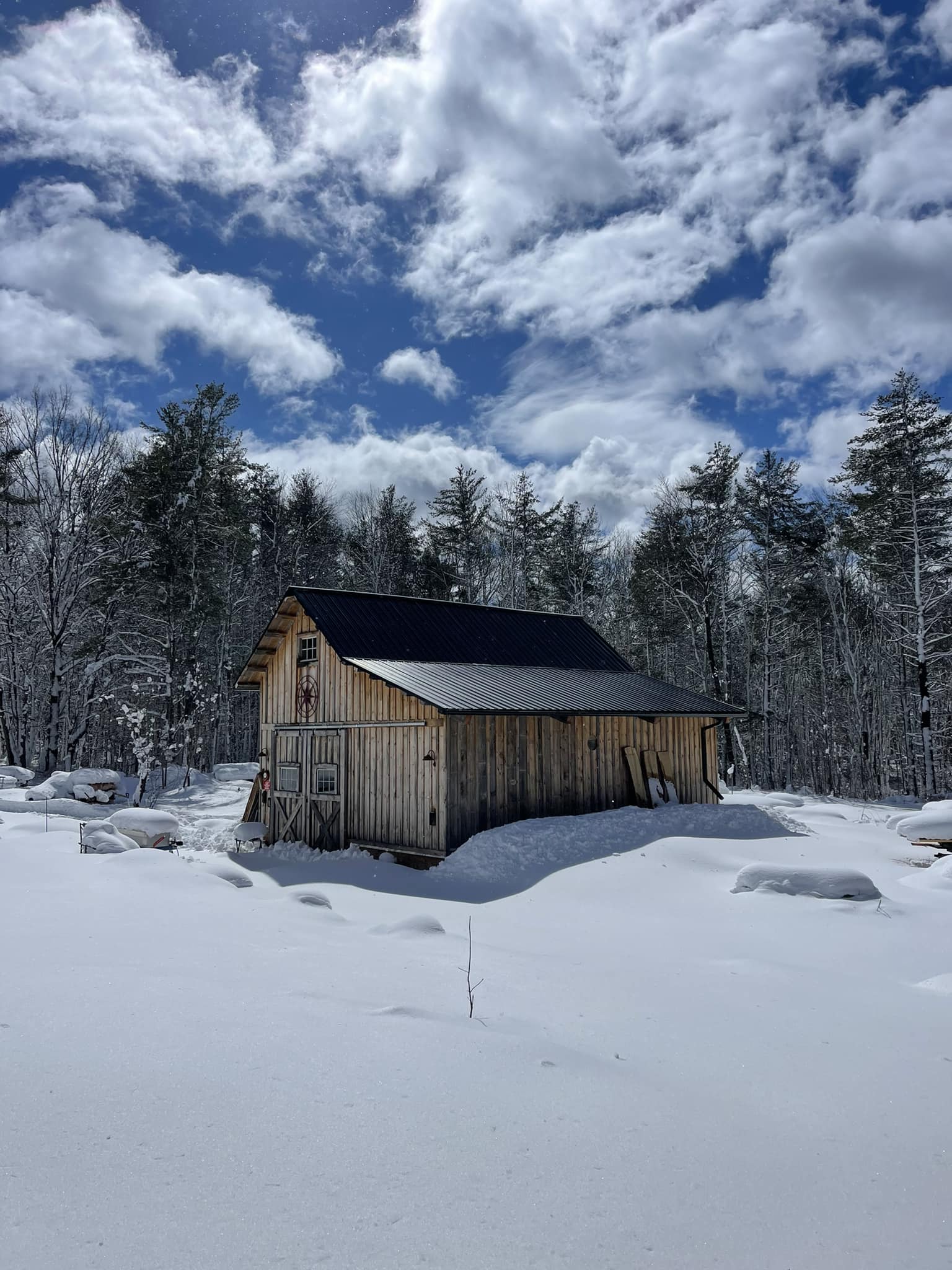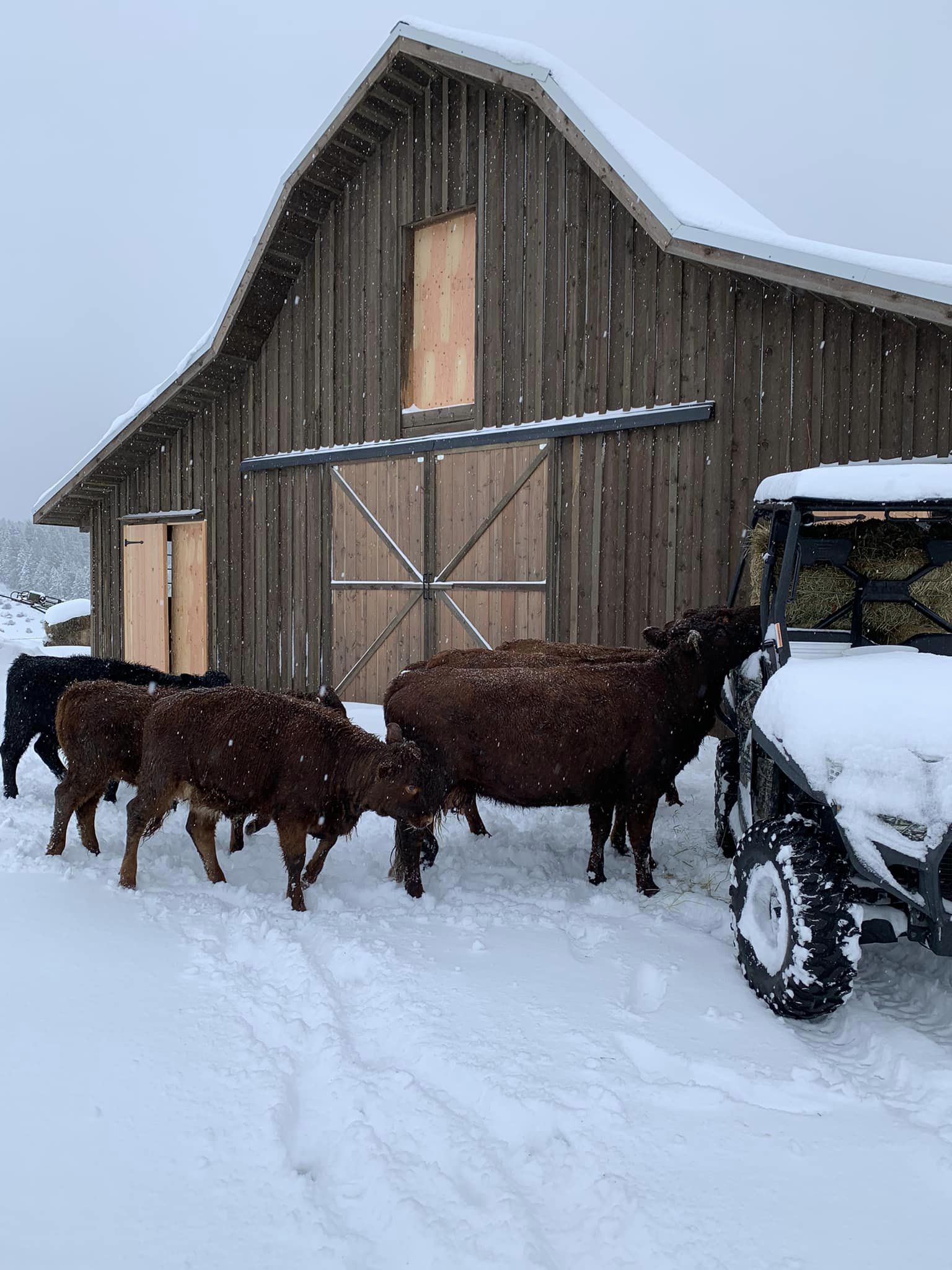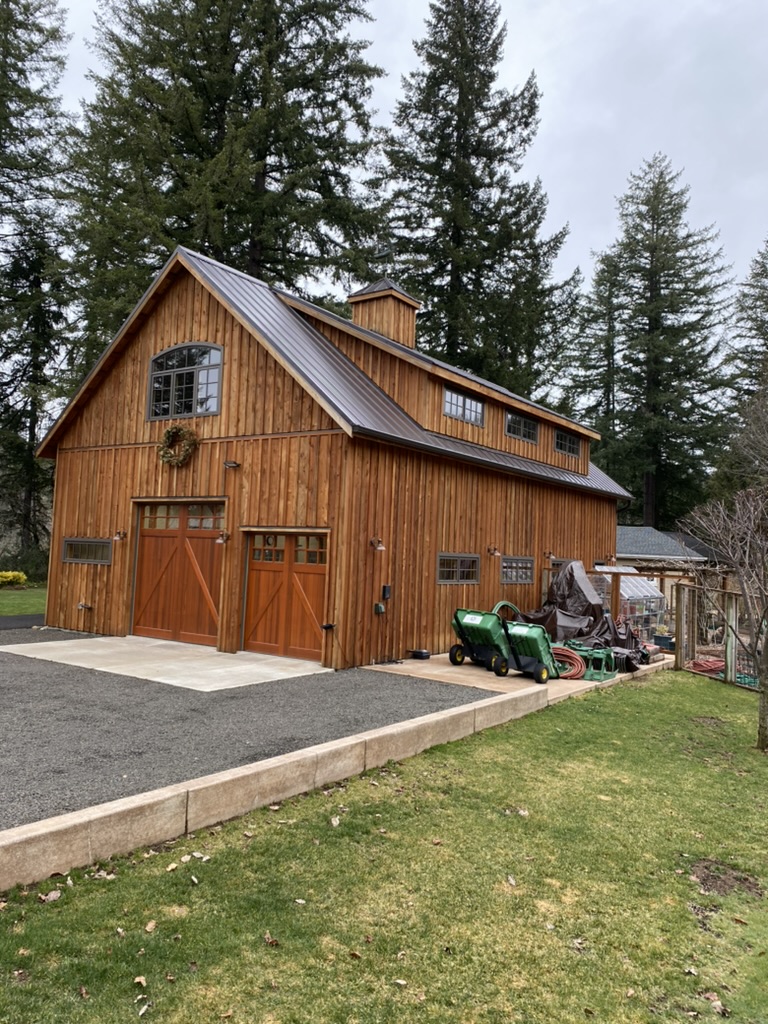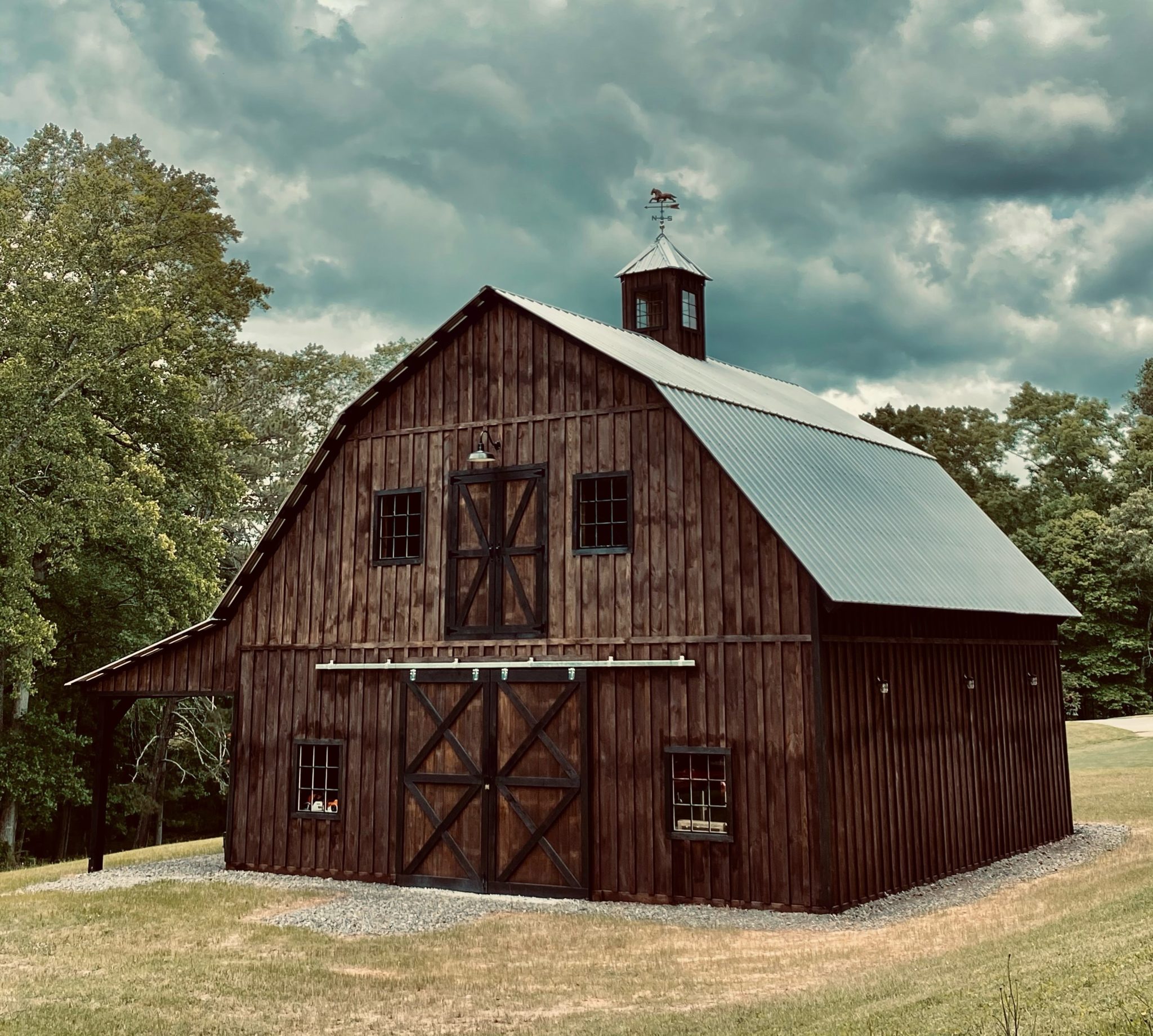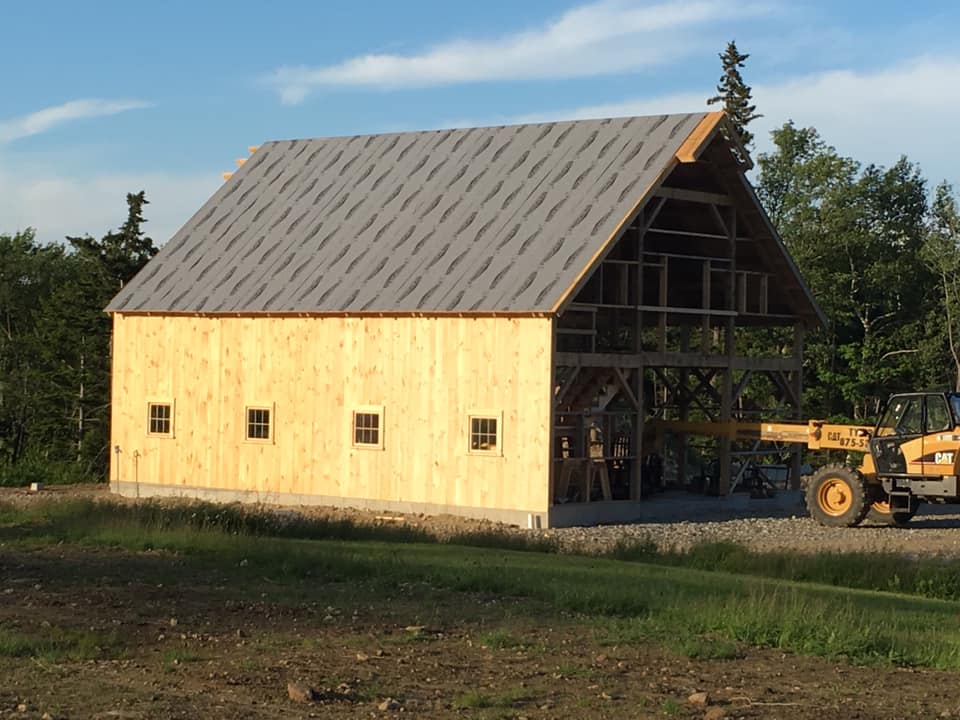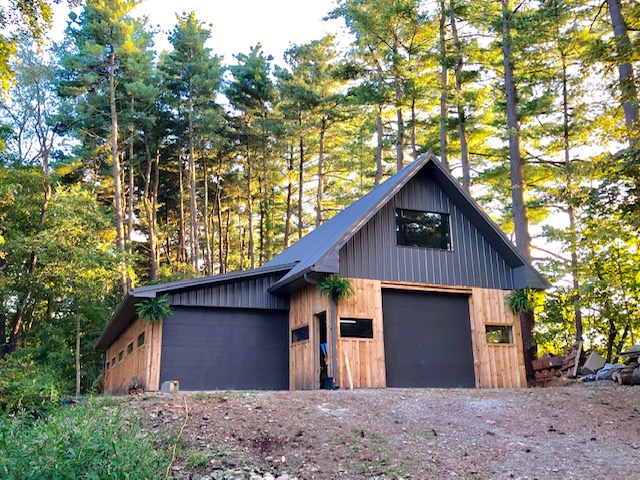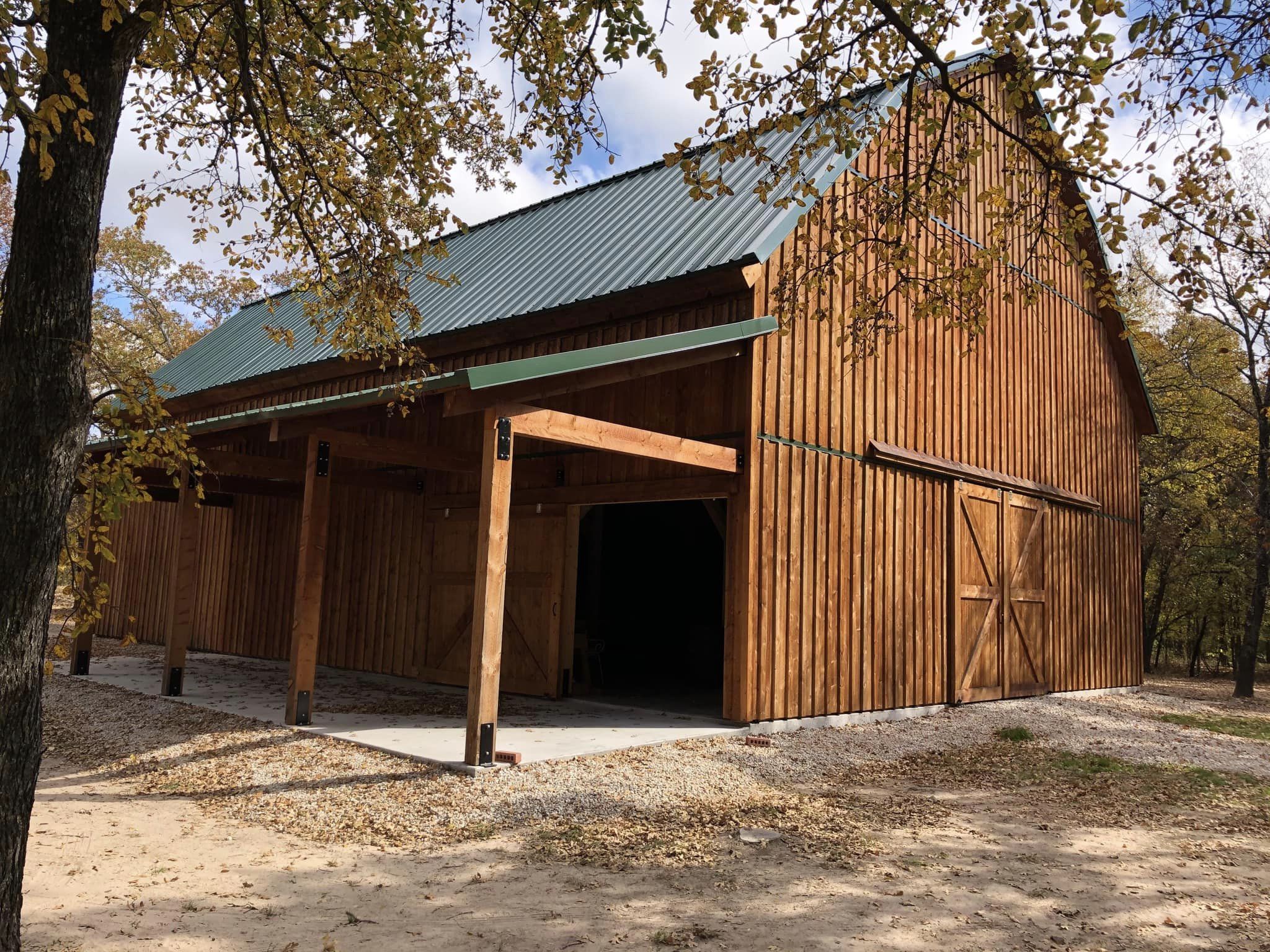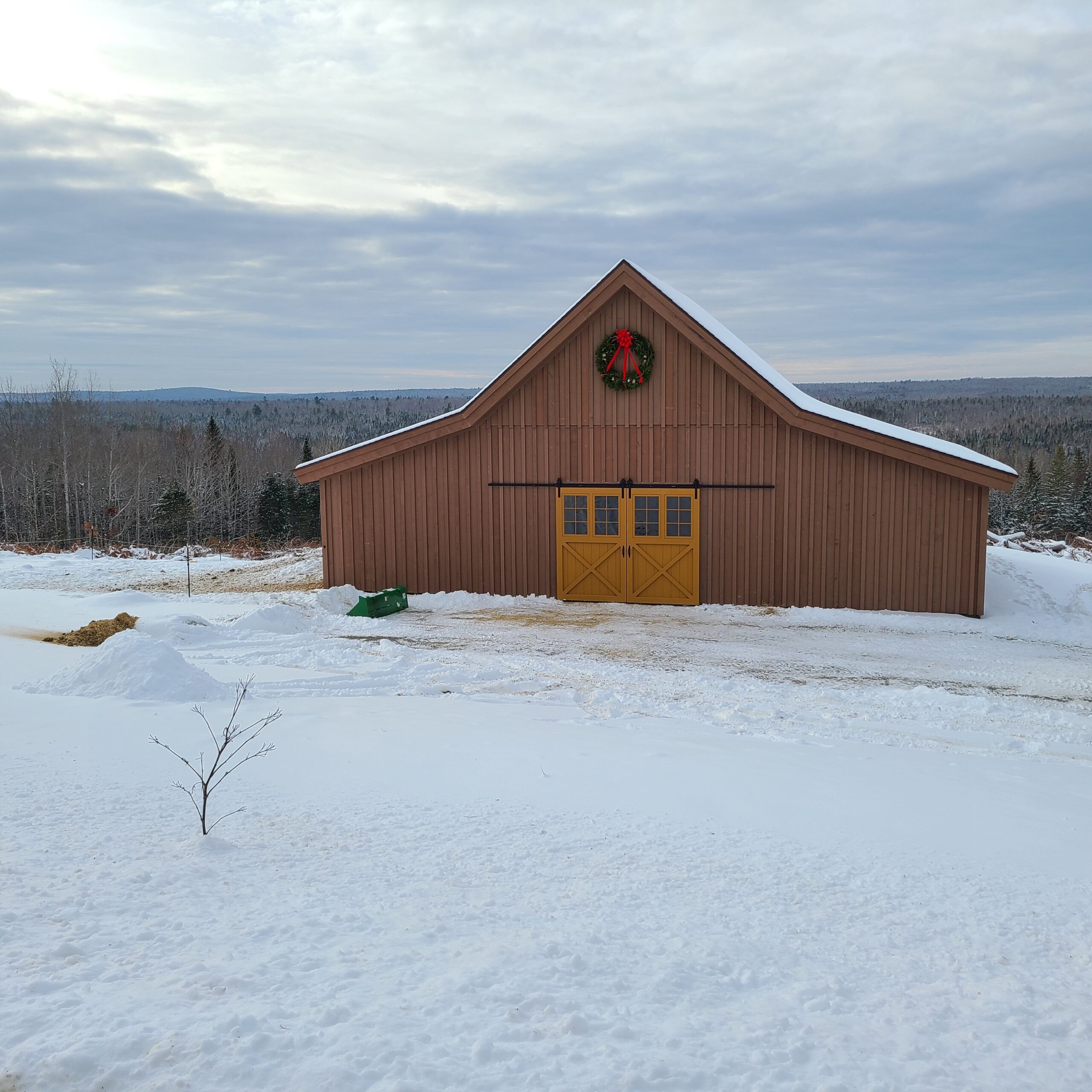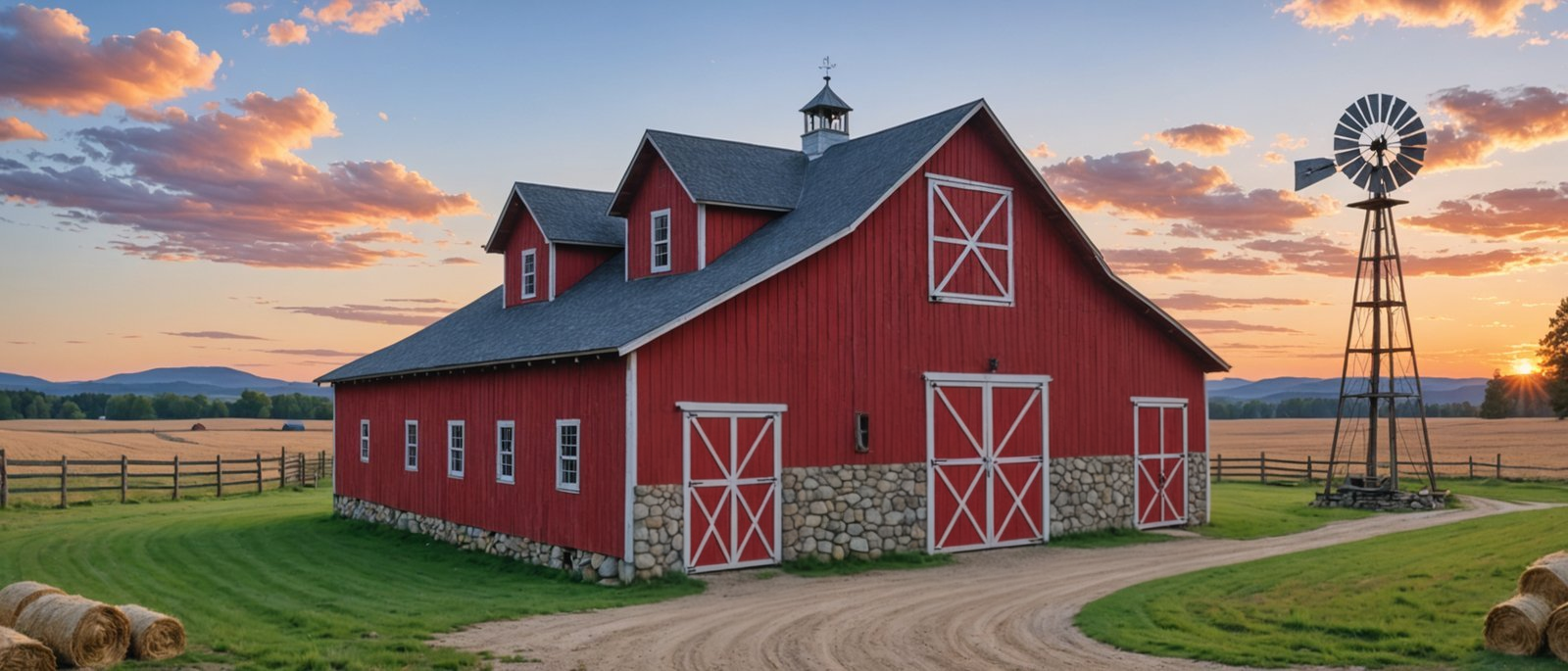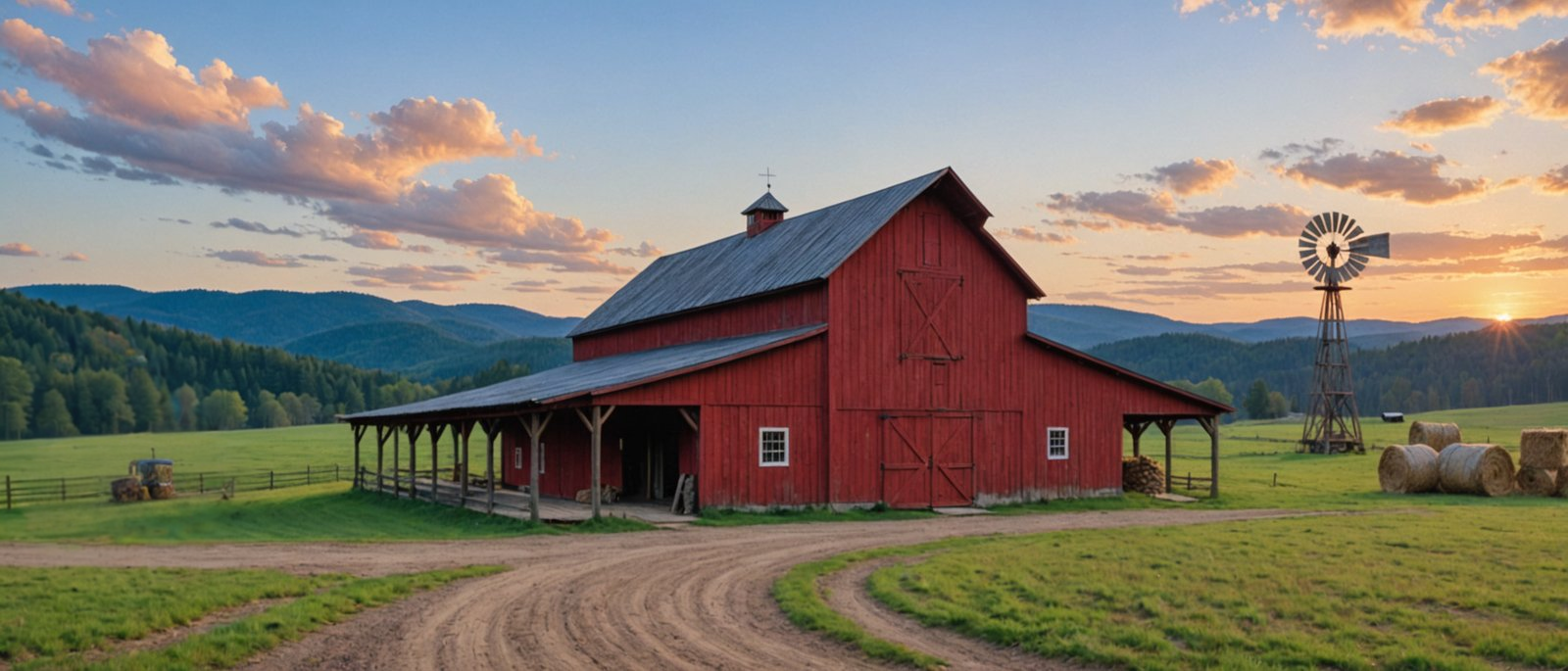Attention Land Owners and Homesteaders...
How to Build A Barn Legally with Rough Cut lumber in Washington State
If you’re dreaming of building a classic barn in Washington State, you’re likely searching through local building codes, looking for answers for a few questions. One question we hear often at BarnGeek.com is: Does the Washington State Building Code require the use of stamped graded lumber for barn construction? The answer is technically yes—but, not in the way you might think or have been told. There are some exciting exceptions that could save you time, and most importantly money!
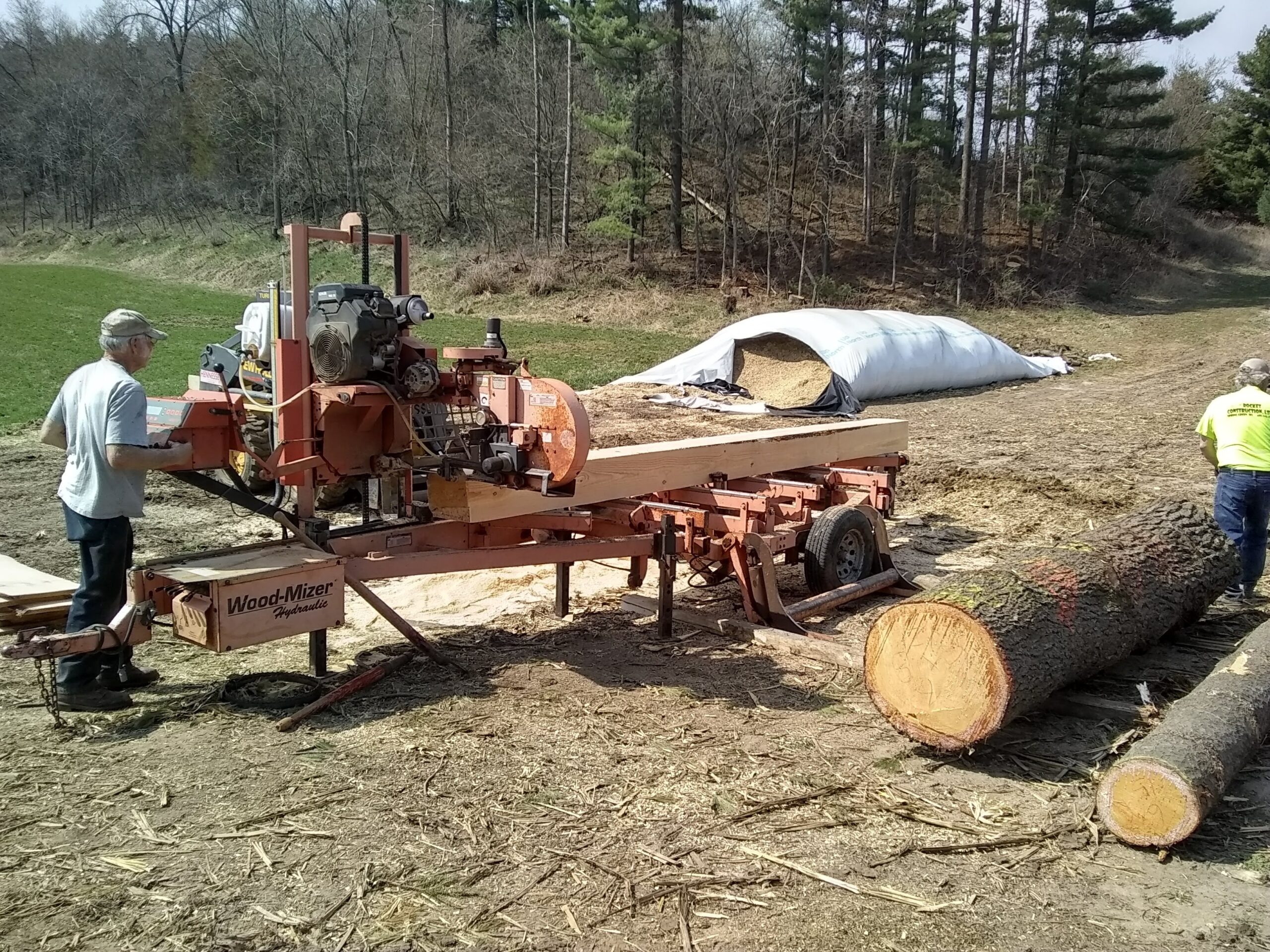
Stamped Graded Lumber in Washington State
The Washington State Building Code (SBC), based on the International Building Code (IBC) with state-specific amendments, generally requires stamped graded lumber for structural components in construction projects, including barns. This means any lumber used for load-bearing purposes—like beams, posts, or framing—must bear a grade mark from an accredited lumber grading or inspection agency. These agencies follow the American Softwood Lumber Standard (DOC PS 20), ensuring the wood meets strict standards for strength, safety, and durability.
But hold on a minute! That is by no means the whole story!
Why the requirement? The Building officials and politicians claim that “Stamped graded lumber guarantees your barn can withstand the Pacific Northwest’s wind, rain, and occasional snow loads while keeping your structure fire-safe and structurally sound.”
But, anyone who has purchased some of this “stamped and graded” lumber only to bring it home and watch it slowly turn into a pretzel knows that this claim has nothing at all to do with safety.
Unfortunatly, for most barn builders, this means heading to a lumberyard for pre-graded, stamped boards like Douglas Fir or Hemlock with those familiar grade stamps like “No. 2” or “Select Structural.”
But not for a BarnGeek! If you are following our plans and guides you need rough cut green lumber from a local sawmill. If that is you, you are going to want to read the rest of this article!
Washington State offers some unique options for barn builders who want to use locally milled or “native” lumber, especially for those aiming to recreate the charm of early 20th-century rural barns.
Option 1: The Native Lumber Grading Program
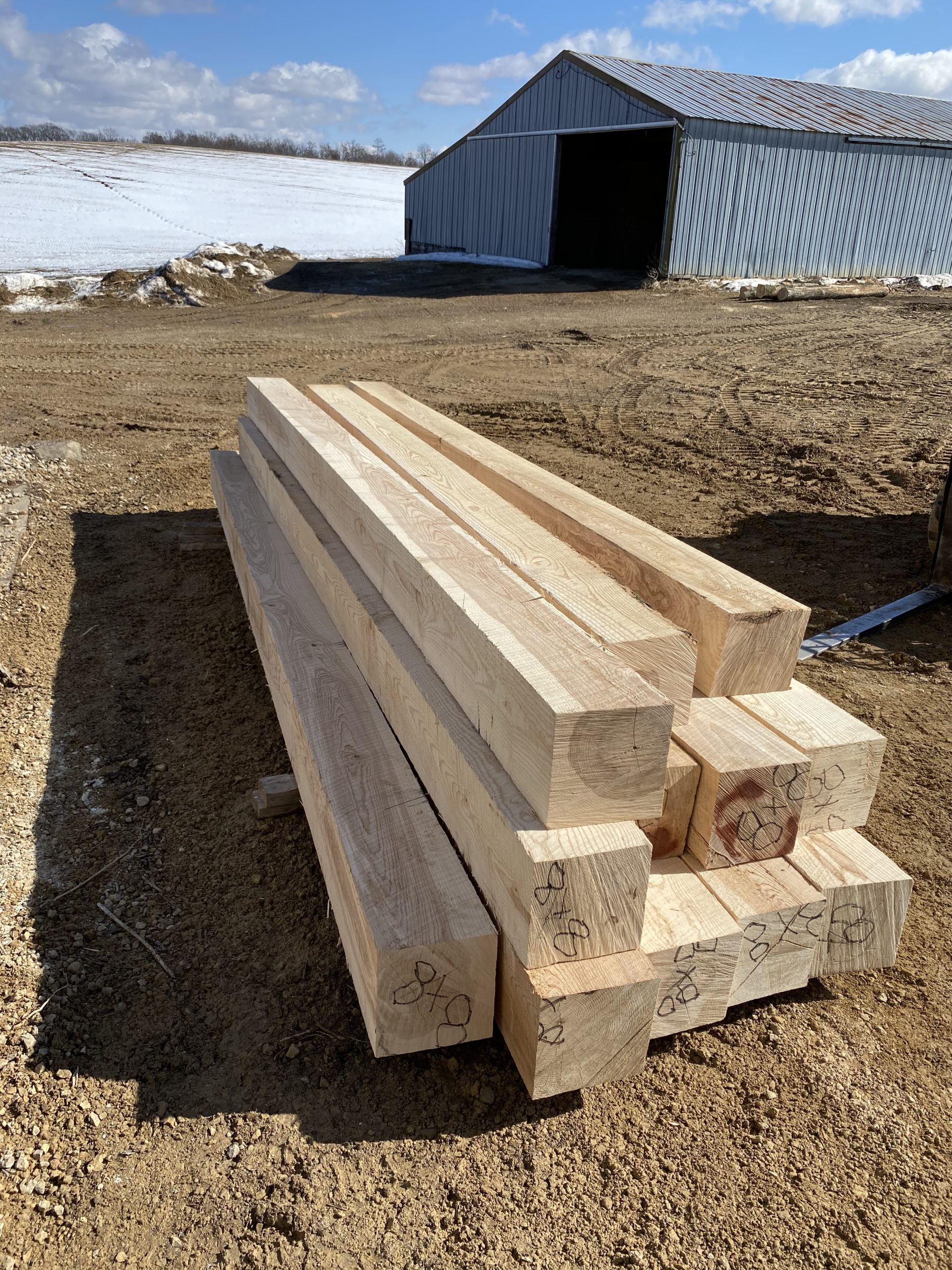
Washington State is a haven for small sawmills, and the state’s Native Lumber Grading Program is a game-changer for small sawmill ownsers and folks wanting to build a barn from native rough cut lumber.
Administered by the Washington State Department of Labor & Industries (L&I) and Washington State University (WSU), this program allows sawmill operators to inspect, grade, certify, and stamp “native lumber” that meets or exceeds the standards of DOC PS 20-10.
What does this mean for you? If you’re sourcing lumber from a local Washington sawmill to capture that authentic, rough-sawn look of a centruies old barn—you can have that lumber certified through this program. Once stamped, native lumber is considered equivalent to commercially graded lumber and fully complies with the SBC. This is perfect for barn geeks who want to support local businesses, reduce costs, or use timber from their own land.
Pro Tip: Contact your local sawmill to see if they participate in the Native Lumber Grading Program. If not, they may know a certified grader who can help get your lumber up to code.
Option 2: Waiving the Grading Requirement
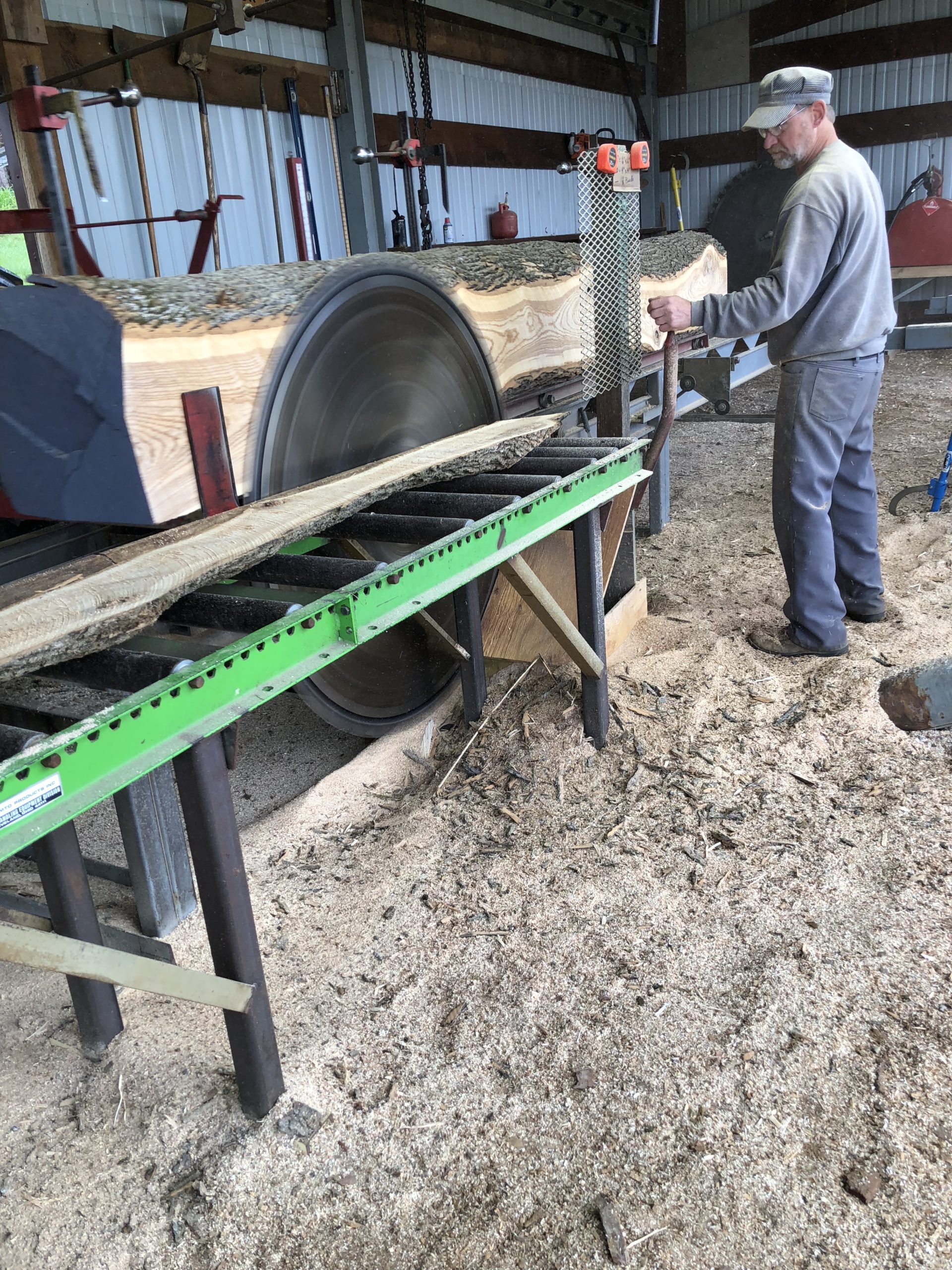
Here’s a great solution for homestead barn builders: Bribe the building inspector with cookies! I’m kidding… sort of.
Washington State allows waivers for the stamped graded lumber requirement in certain cases. A building code enforcement official who has completed the Native Lumber Grading Program can waive the need for grading and stamping if they verify the lumber meets L&I and WSU standards. This process typically involves:
-
Submitting a waiver application with your building permit.
-
Having a qualified official inspect the lumber to ensure it matches or exceeds the quality and strength of DOC PS 20-10 standards (e.g., equivalent to No. 2 grade for structural lumber or stud grade for load-bearing walls).
This option is ideal for DIY barn builders using lumber from their own property or a nearby mill. It’s like getting a cheat code for building with that gorgeous, locally sourced wood. Just be sure to coordinate with your local building department early in the process, as approval depends on the inspector’s discretion. And, you know some nice home made cookies couldn’t hurt your chances!
Option 3: Non-Structural Uses for Ungraded Lumber
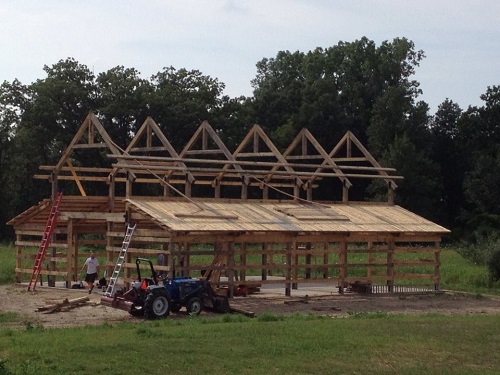
Not all parts of your barn need graded lumber. The SBC only requires stamped lumber for structural elements like posts, beams, girts, purlins, or floor joists. For non-structural components like siding, trim, paneling, or decorative beams, you’re free to use ungraded, unstamped lumber. This is a fantastic opportunity to incorporate rough-sawn boards or reclaimed wood in order to add some rough cut charactor to your project.
Imagine cladding your barn in weathered, locally milled Douglass Fir or adding rustic interior tounge and groove pine that tells a story of Washington’s rural heritage. Just make sure any structural elements meet the graded lumber requirements or qualify for a waiver.
Option 4: Alternative Solutions
For more innovative cutting edge barn design, Washington’s building code allows for alternative solutions. If you want to use ungraded lumber for structural purposes but don’t qualify for the Native Lumber Program or a waiver, you can work with a qualified structural engineer or architect. They can certify that your lumber meets the code’s safety and performance objectives, providing a detailed rationale to the building official.
This route is less common and requires extra legwork, but it’s a viable option for unique projects or heritage-style barns where authenticity is key. Always check with your local building department to confirm they’ll accept an alternative solution before proceeding.
Practical Tips for Your Washington Barn Project
Building a Traditional barn in Washington State can be an exciting journey, but navigating the building code can feel a bit overwhelming. Here are some tips to keep your project on track:
-
Check Local Requirements: Building codes can vary slightly by county or municipality. Contact your local building department or permits office to confirm specific requirements for your barn’s location. The Washington State Building Code Council (SBCC) website is also a great resource for code details and amendments.
-
Explore Native Lumber: If you’re sourcing lumber locally, ask about the Native Lumber Grading Program. It’s a cost-effective way to use Washington-grown timber while meeting code requirements.
-
Plan for Inspections: If you’re seeking a waiver or using native lumber, schedule inspections early to avoid delays. Work with your building official and you will both have confidence that you have built a safe durable barn.
-
Embrace the Aesthetic: For non-structural elements, ungraded lumber can add character to your barn. Rough-sawn siding, hand-hewn beams, or reclaimed wood that evokes the charm of a century old rural masterpiece.
Honoring the Legacy of a Traditional Washington Barn
At BarnGeek.com, we’re all about celebrating the art and soul of barn building. Whether you’re constructing a working barn for livestock, a workshop for your crafts, or a nostalgic tribute to Washington’s rural past, understanding the lumber requirements helps you build smart and stay true to your vision. Washington State’s flexible options—like the Native Lumber Grading Program and waivers—make it easier to blend modern safety standards with the timeless appeal of locally sourced wood.
So, grab your barn plans from the barn plans library below, connect with your local sawmill, and start building that barn you’ve been dreaming of. With the right lumber and a nod from the building inspector, your Washington barn will stand proud for generations to come.
Have questions about barn construction in Washington or want to share your project? Drop us a comment below or join the BarnGeek.com community for more tips, tricks, and inspiration!
Click the Download Button Below to Get these Plans!
The Homesteader
$197/One Year Membership
- These Plans that are well suited for the small homesteader with a small amount of livestock.
- Limited to our Barn Plans under 1,000 square feet.
- Chicken Coop Plans Library
- Timer Frame Shed Plans Library
- How to Build a Barn Course
- Chicken Coop Course
- 10% Discount on Hardware and Screws
Most Popular: The D-I-Yer
$297/One Year Membership
- Our Complete Library of Barn Plans
- Chicken Coop Plans Library
- Timer Frame Shed Plans Library
- How to Build a Barn Course
- Chicken Coop Course
- 10% Discount on Hardware and Screws
Pro
If you are ready to build ASAP
$997/One Year Membership
- Unlimited Phone consultation with Aaron The Barngeek
- Our Complete Library of Barn Plans
- Member-only project walkthroughs
- Priority access to custom design services
- Insider techniques to make your build faster, safer, and stronger
- Chicken Coop Plans Library
- Timer Frame Shed Plans Library
- How to Build a Barn Course
- Chicken Coop Course
- 10% Discount on Hardware and Screws

